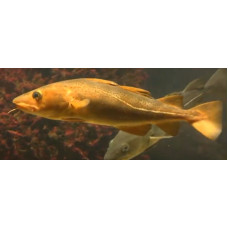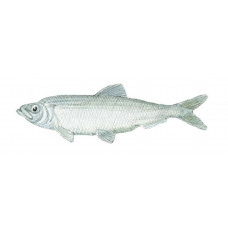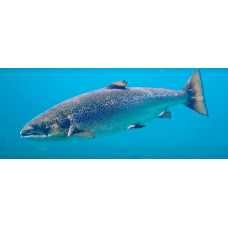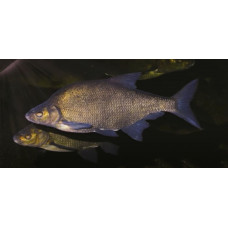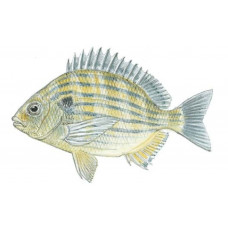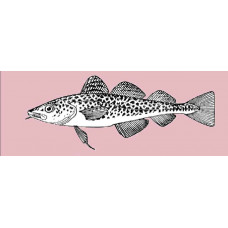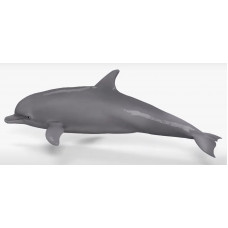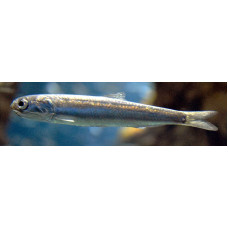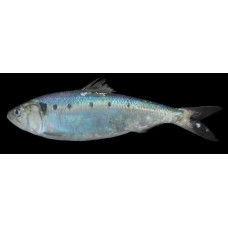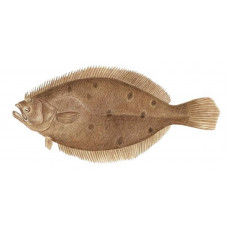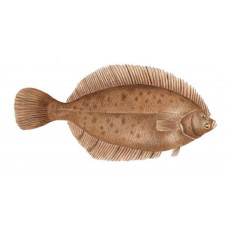Fauna of the Baltic Sea
The fauna of the Baltic Sea has a character transitional from sea to freshwater lake. Thus, often marine mollusks like oysters, Mua trunats, Littorina littoralis, etc. are found only in the western part of the sea, where the water is saltier. The fishes are also partly freshwater, the marine fishes disappearing as they approach the bays and estuaries, such as herrings, sprat, cod, etc. These fish do not enter the eastern part of the Gulf of Finland and the mouths of rivers, where salmon, smelt, ripple, etc. are caught.
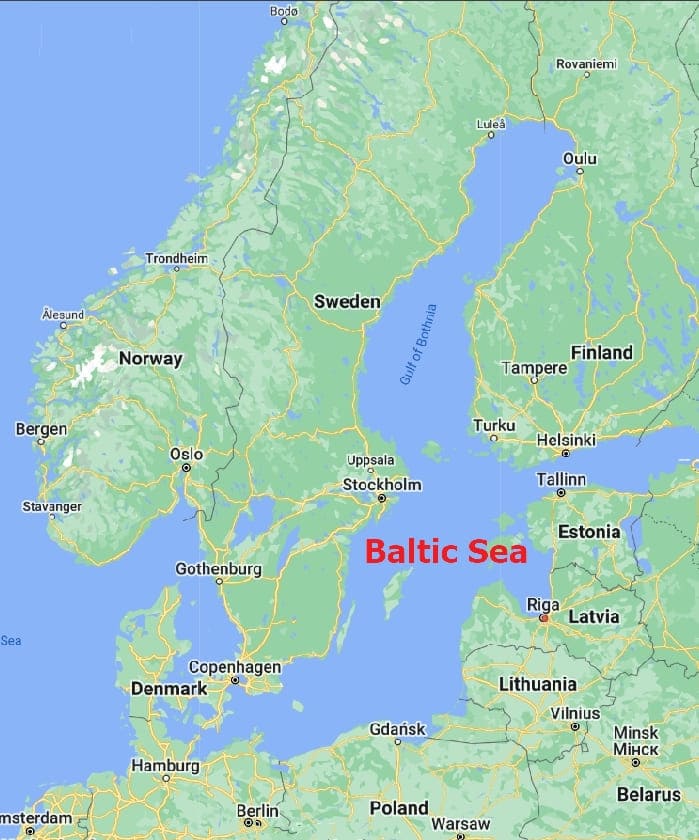
The most common fish of the Baltic Sea
The Baltic Sea is not rich in fish species. Commercial species include Atlantic herring, Baltic sprat, cod, flounder, salmon, eel, smelt, roach, whitefish and perch. In the bays you will find perch, roach, gouster, bream, yaz, spruce, pike, pike perch, burbot, eel, ruff and even gudgeon. In the reed beds of the bays there are plenty of redfish, crucian carp, tench and other freshwater fish.
Molluscs of the Baltic Sea
The mollusc fauna of the Baltic Sea is unique in its own way - there are both purely marine and freshwater species in its various parts. Saduria entomon is the largest mollusc in the Baltic Sea. Its length is 8 cm. Hydrobia is the smallest snail in the Baltic Sea. Its shell is only 3 mm thick. The Chinese mitten crab has recently appeared in the sea.
Crustaceans and jellyfish of the Baltic Sea
In addition to fish, the waters of the Baltic Sea are home to squid, small crustaceans and jellyfish. The Baltic Sea is famous for its delicious prawns, which are high in protein and low in calories. The largest jellyfish, Cyanea capillata, lives close to Danish waters. The harmless jellyfish Aurelia aurita lives in the rest of the area.
What mammals live in the Baltic Sea?
There are three species of Baltic seals around the Aland Islands: Grey Seal, Pusa and Porpoise. Ringed seals and Eurasian otters can be seen along the shores of the Baltic Sea.
Dangerous inhabitants of the Baltic Sea
The only shark found in the Baltic Sea is the spiny dogfish, but it is safe for humans. There are no other dangerous inhabitants.
Unusual inhabitants of the Baltic Sea
Myoxocephalus scorpius is a fish that can hardly be described as beautiful. It is a predatory fish without scales. It has a huge head with six spines on the top and several on the sides. In the Baltic Sea it lives up to seven years and grows to a maximum of 33 cm.
Angler
Latin nameLophius piscatoriusOther namesEuropean angler, common monkfish.IdentificationThe body is n..
Atlantic cod
Atlantic cod (Gadus morhua) is a marine fish of the cod family. Body length up to 170 cm, weight up ..
Atlantic herring
Latin NameClupea harengus harengus (Linnaeus, 1758).Titles in different languagesHerring, Atlantic h..
Atlantic salmon
Atlantic salmon, noble salmon (Salmo salar) is a passage fish of the genus noble salmon. It lives in..
Blicca bjoerkna
Blicca bjoerkna is a freshwater fish of the carp family. Length up to 35 cm, weight up to 1.3 kg, us..
Bream
The bream (Abramis brama) is a fish of the carp family. It inhabits water bodies of Europe, Asia, an..
Bream, Sea
Latin name Archosargus rhomboidalis Other names Seabream, brim, tropical sheepshead, chopa amaril..
Burbot
Latin name Lota lota Other names Eelpout, pout, ling, cusk, lawyer, lingcod, gudgeon, freshwater ..
Cod, Atlantic
Latin name Gadus morhua Other names Cod, codfish, codling, scrod; French: morue de l’Atlantique; ..
Common bottlenose dolphin
Latin nameTursiops truncatusOther namesAtlantic bottlenose dolphinIdentificationThe moderately devel..
European Anchovy
Latin nameEngraulis encrasicolusOther namesEngraulis encrasicolusIdentificationBody elongated, low, ..
European seabass
Latin nameDicentrarchus labraxOther namesEuropean bass, sea bass, common bass, white bass, capemouth..
European sprat
Latin nameSprattus sprattusOther namesBristling, brisling, garvie, garvock, Russian sardine, russlet..
Flounder, Summer
Latin name Paralichthys dentatus Other names Flounder; Dutch: zomervogel; French: cardeau d’été. ..
Flounder, Winter
Latin name Pseudopleuronectes americanus Other names Flounder, lemon sole, sole, blackback, blueb..


